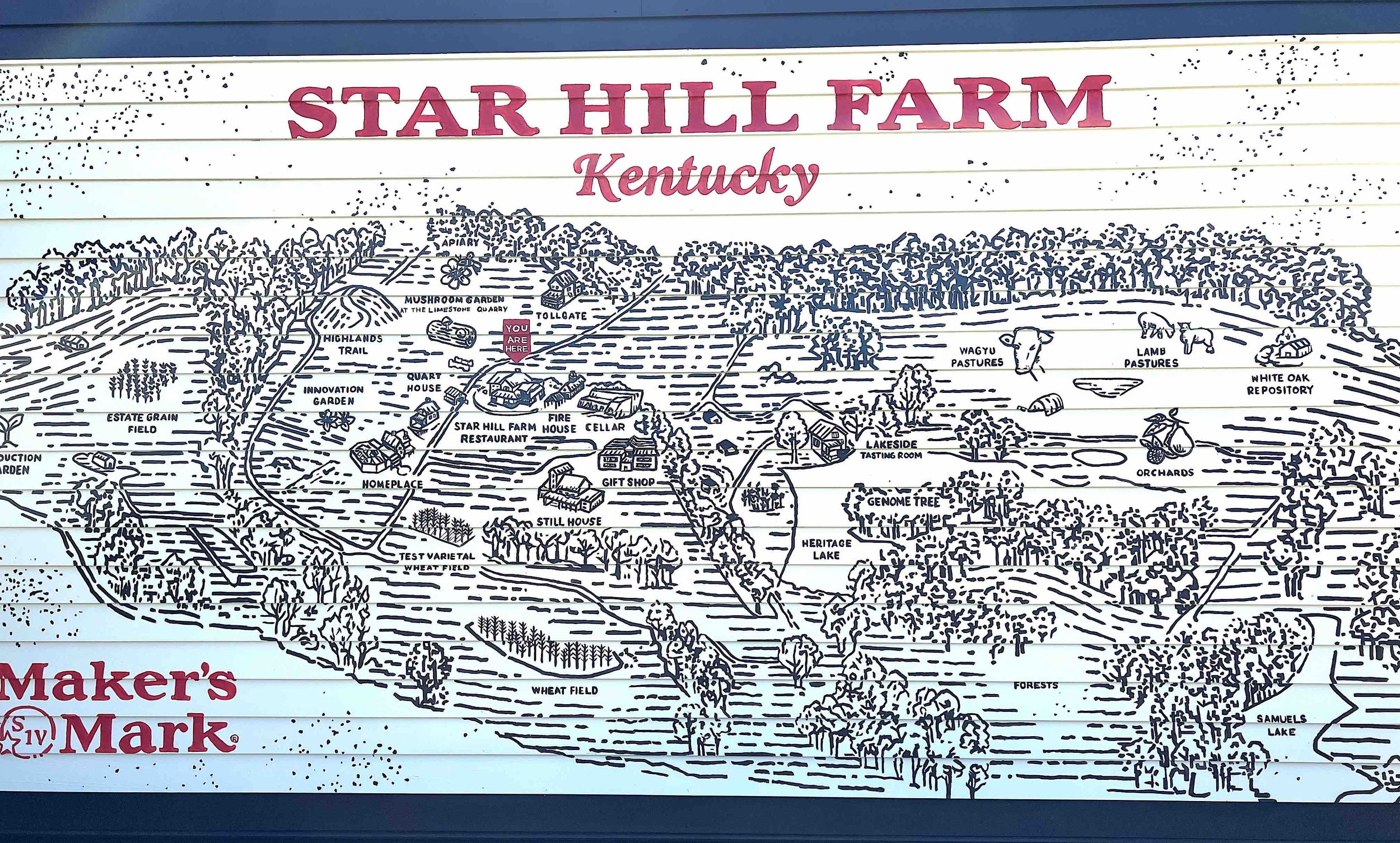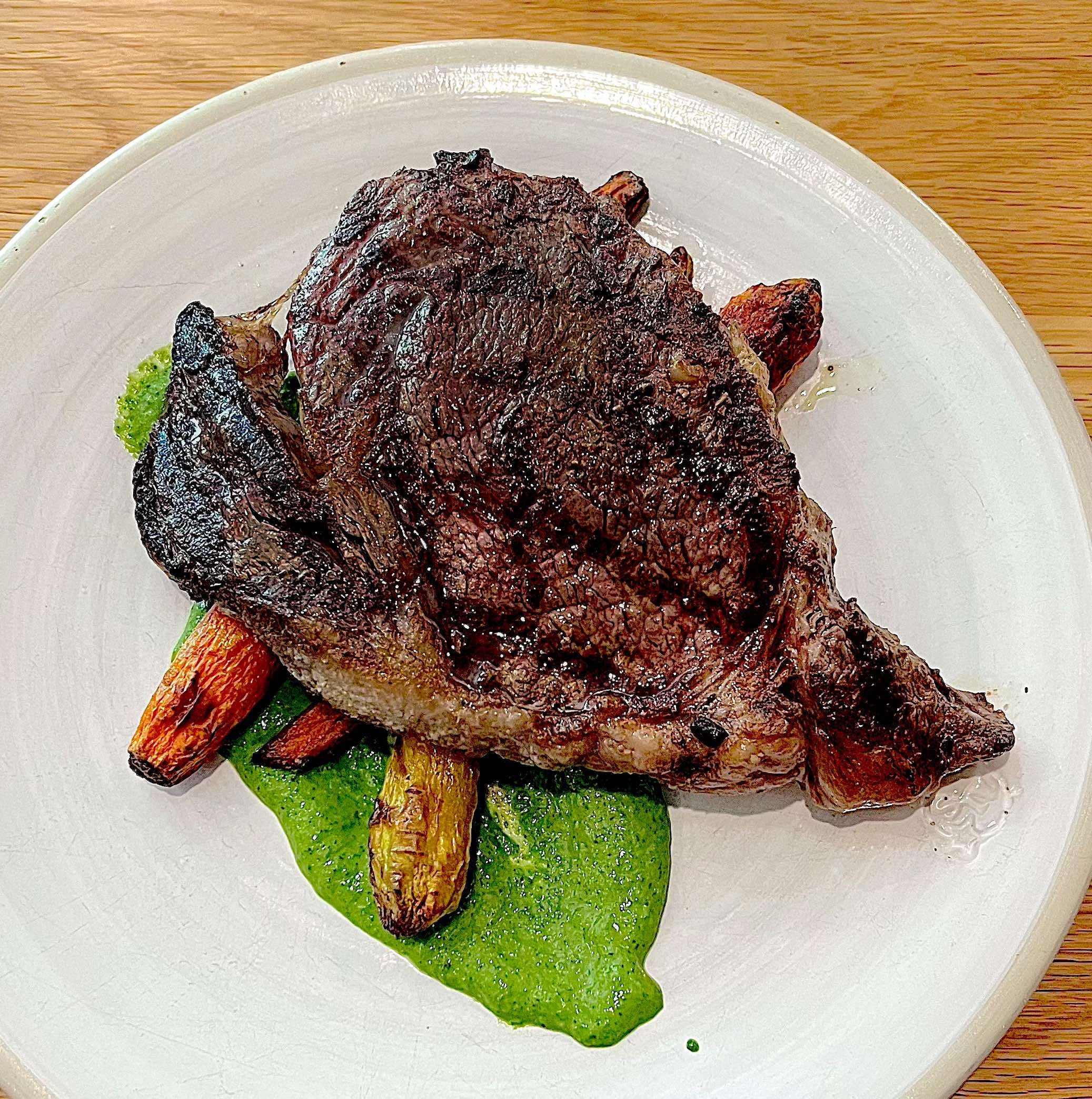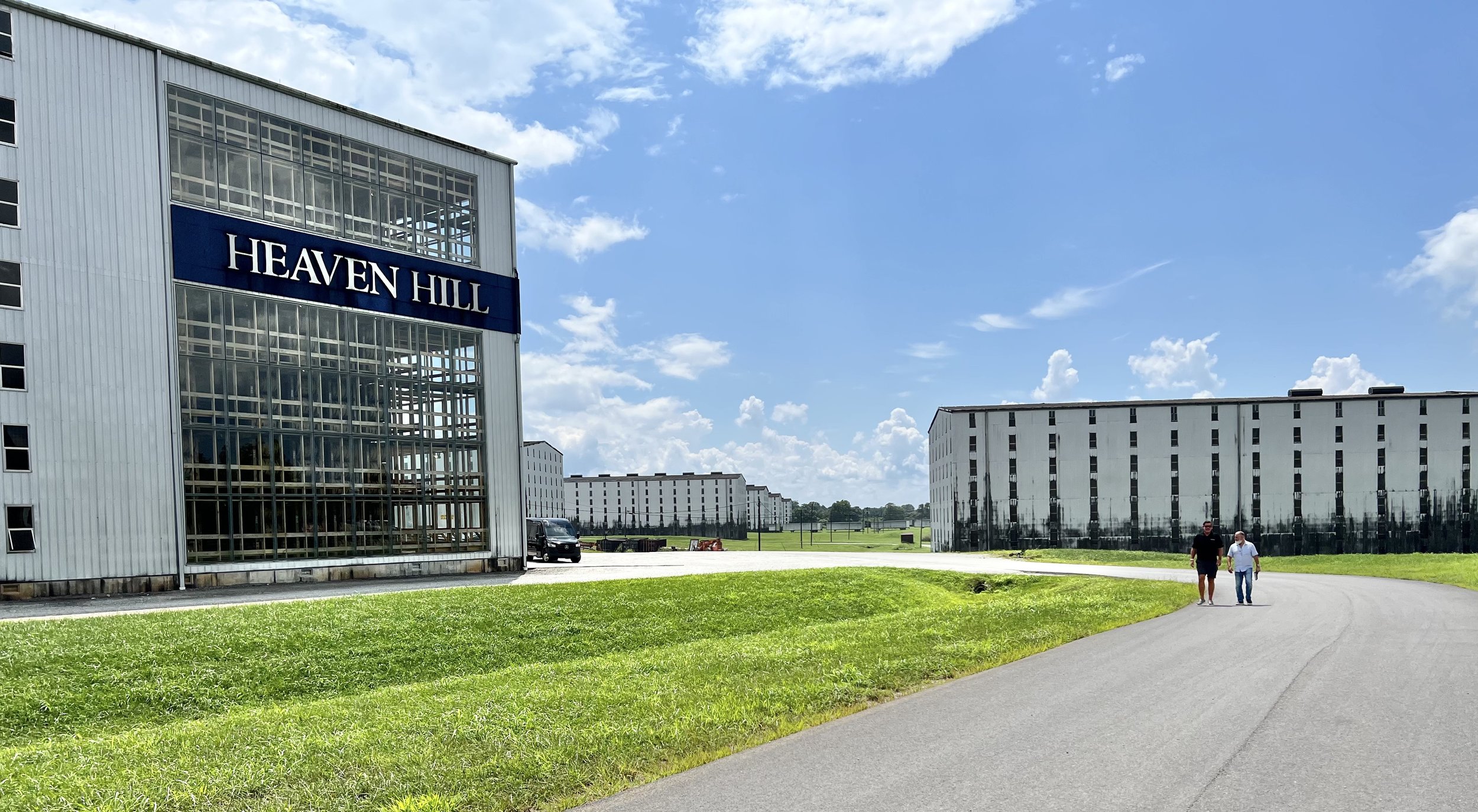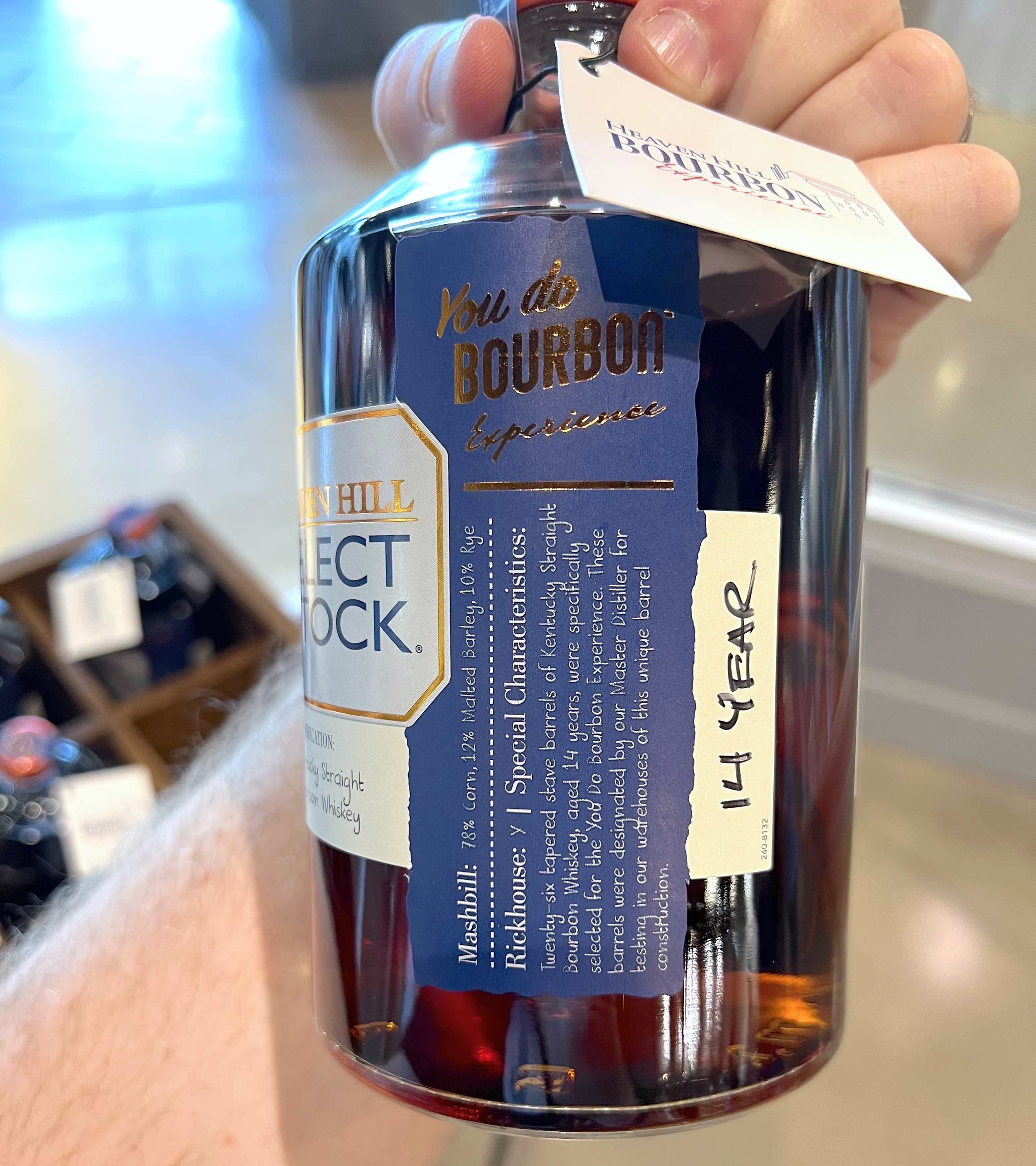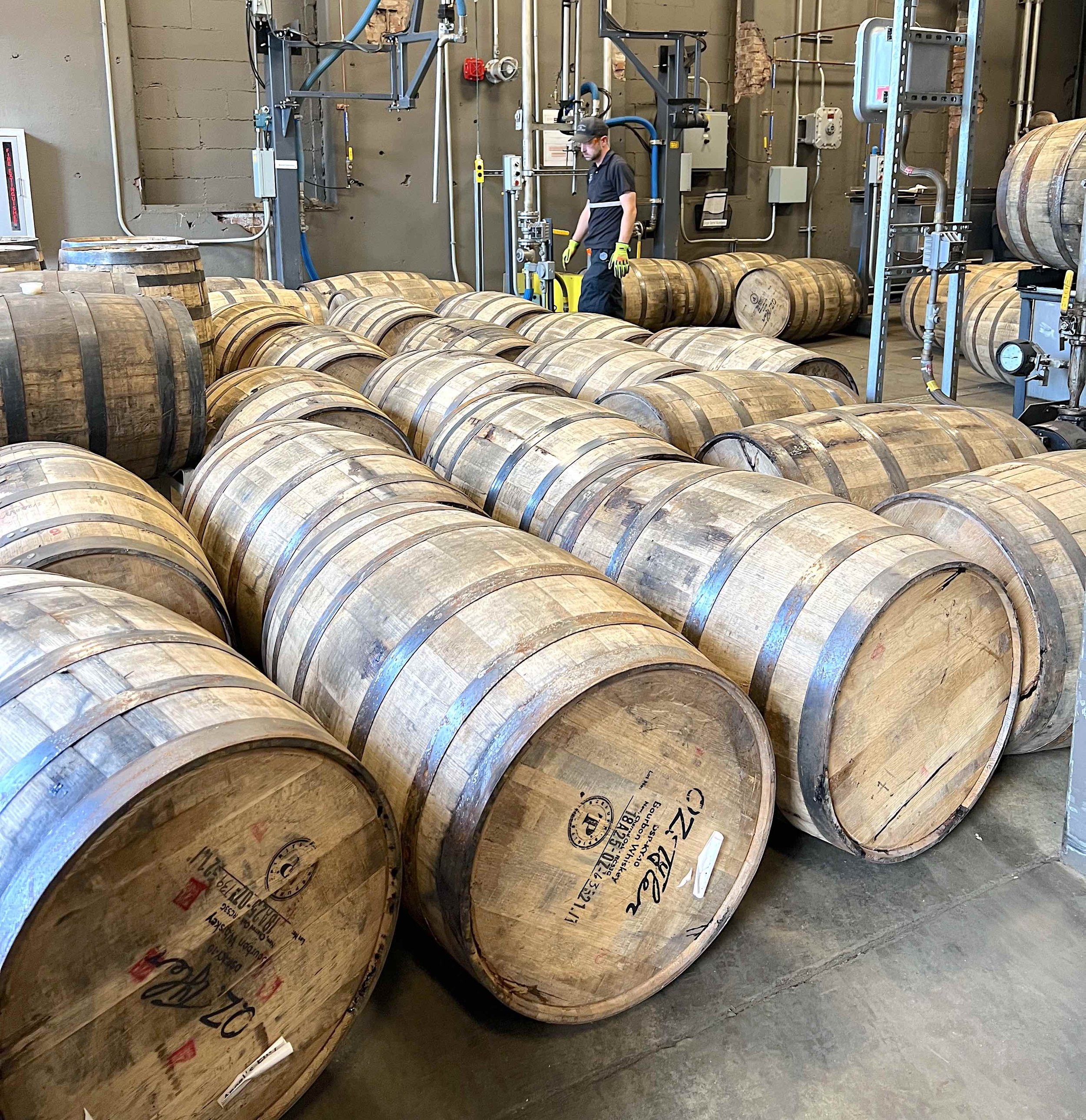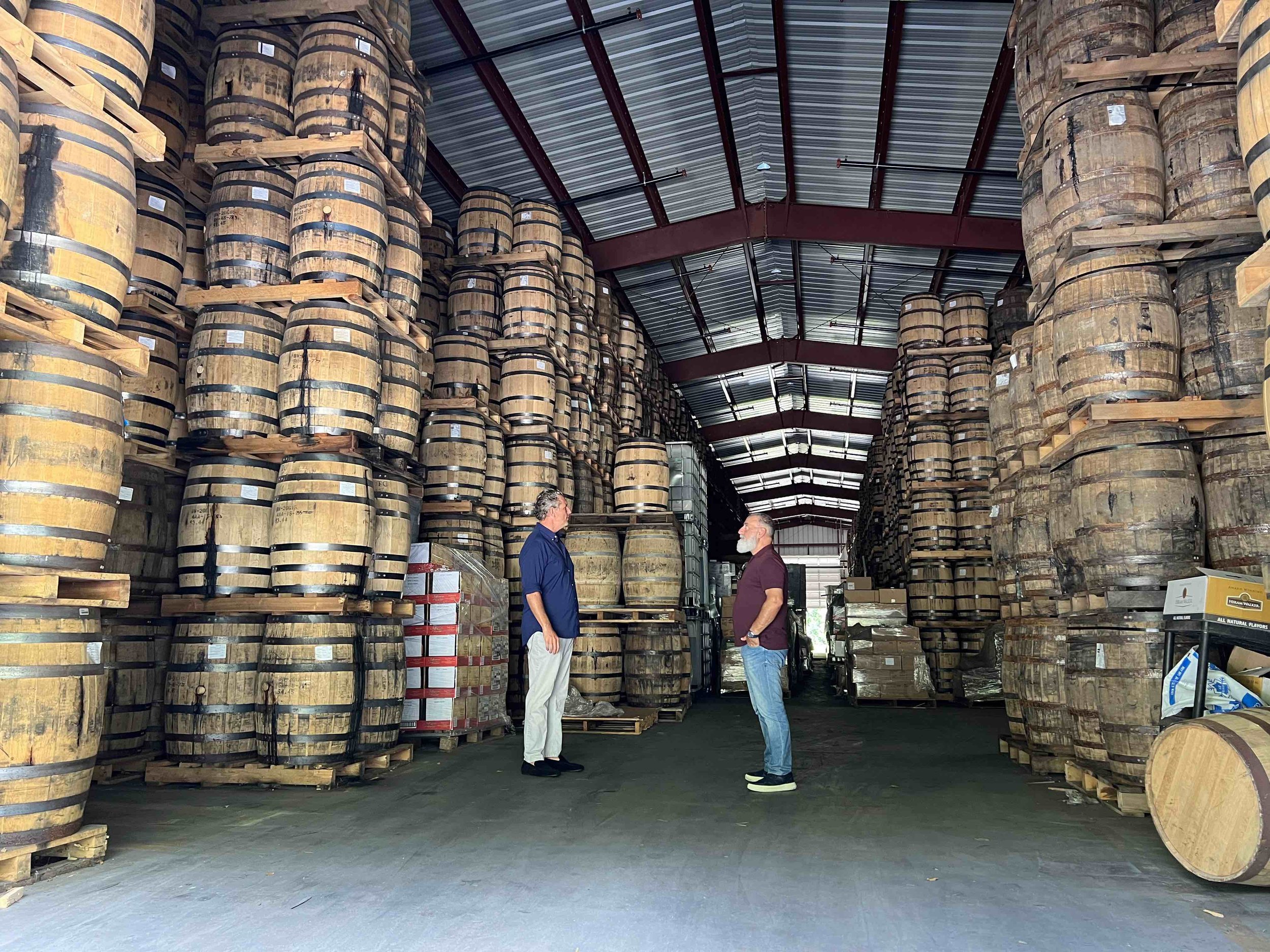Earlier this year we went to Scotland to work with local bottlers and put together a few contact projects. One of our main goals was to create a shockingly good 12 year old blended Scotch that we could sell between $25-$30 as a house brand. While exploring our options, one bottler came to us with a very interesting proposal: Rather than create a blend for us, would we be willing to take the remainder of an older private label they had already created for a different customer?
We were intrigued!
As it turned out, a giant American retailer (who will remain unnamed) commissioned this well-established blending house to create a Johnnie Walker substitute called Granndach: a super smooth 12 year old blend with a solid backbone of Tullibardine single malt (amongst other Highland malts), coupled with a 12 year old grain component. Packaged in a square-ish, JW-style bottle complete with gift box, these were slated to sell at the $35 mark MSRP.
Then the unthinkable happened: COVID began driving away in-store retail traffic and that large American retailer reneged on the deal, leaving the bottler high and dry with the bespoke inventory and a huge warehousing issue. They offered us a deal to take the rest of it, and—after tasting how good it was—we couldn't refuse. Now we're passing that deal along to Mission customers, offering a quality 12 year old Scotch for an absurd price.
Bottled at 80 proof, the flavors of the Granndach are traditional and to-the-point, and the style is old school in its nature. That being said, for what it is….it’s really, really good. It’s a classic Highland style blended Scotch that absolutely delivers for the dollar. You can tell the malt content is higher, the texture is supple and creamy, and the finish is sweet with vanilla and toasted grains. I could drink this on the rocks all day, or with soda in a Highball on a warm summer evening.
As I’m tasting it now, I’m looking for flaws and I can’t find any. In fact, I’m marveling in the richness and surprisingly decadent flavors that continue to build with each sip. If I had to compare it to a Bourbon, I would use Eagle Rare 10 as a qualitative comparison. Solid, dependable, always a great option for the price. But what if it were half the price? How many would you buy? More importantly, how many would be enough?
That’s what we’re about to find out. This is the kind of deal you buy cases of rather than bottles. Give them out as holiday gifts, buy some for your friends and family, use them around the office, etc. It's not a whisky that will change your life with its depth and complexity, but for 12 year age-stated Scotch of this quality at this pricepoint, you're never going to run out of uses.
Granndach 12 Year Old Blended Scotch Whisky $14.99 (Elsewhere $35.99)
-David Driscoll, Mission Sales Director














